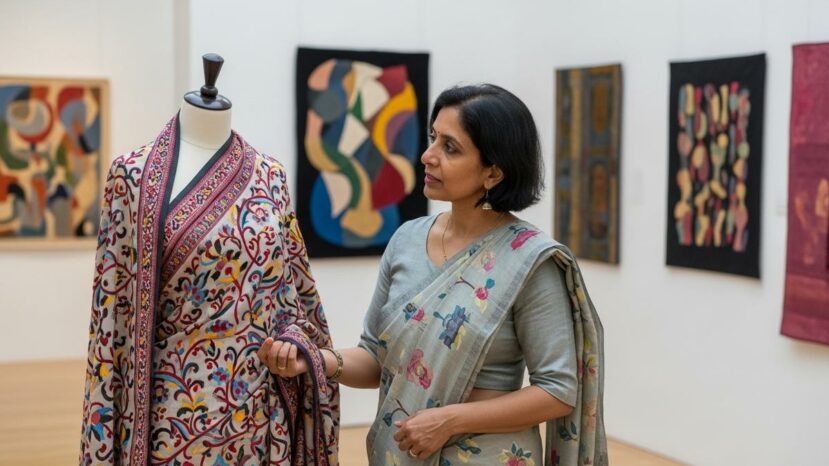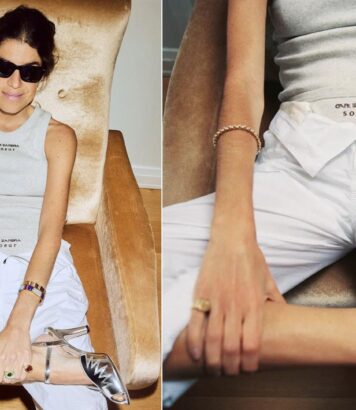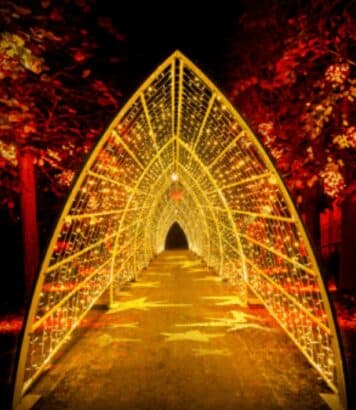Histoires tissées Inde-France” exhibition: textile art in dialogue in Paris

In Paris, an exhibition showcases the cross-fertilization of textile know-how between India and France. This cultural rendezvous reveals how creation dialogues with history and craftsmanship.
What’s going on between India and France?
The tour highlights patient collaborations, passed-on gestures and transformed materials. In addition, a look at the production chain underlines the role of workshops, from yarn to final piece. Aesthetic demands are combined with a careful reading of traditional techniques. The exhibition thus offers a sensitive bridge between heritage and contemporary design.
Throughout the rooms, visitors move between weaving, dyeing and embroidery. The scenography creates a dialogue between motifs, colors and volumes, without overloading. Yet nothing appears static, as the works invite the viewer to move his or her gaze. The exhibition shows how a workshop detail becomes a form, then a shared story.
The mediation focuses on the contexts of manufacture, helping to situate practices. Focus areas explain the choice of materials, from silk and cotton to more unexpected fibers. In addition, precise labels shed light on production stages and social issues. This exhibition will appeal to both fashion and decorative arts enthusiasts.
“Threads woven between two shores can link eras, gestures and destinies.”
Techniques, gestures and stories
Each technique tells the story of a territory, but also reveals a time in the hand. Thus, embroidery appears as a language, made of patience and relief. Weaving, on the other hand, inscribes rhythms and breathes into the weave. The exhibition places these skills at the center of our gaze, and thus at the heart of a shared narrative.
The sharing of ideas between workshops and designers takes the form of concrete exchanges. What’s more, the pieces on display show solutions born of trial, error and innovation. Contemporary forms do not erase gestures, but rather extend them. This exhibition is therefore based on regular dialogues between master craftsmen and designers.
- India-France: a cultural axis built over the long term
- Key techniques: weaving, dyeing, embroidery, draping, assembly
- Public: curious, families, students, fashion professionals
- Tip: take time to read the mediation
- Accessibility: an itinerary designed for a comfortable visit
Designers and workshops at the heart of the tour
Christian Louboutin
Part of the tour emphasizes the value of collaboration. Moreover, Indian workshops are seen as partners rather than mere executors. Secondly, the French houses are involved in transmission, which demands constancy and respect. The exhibition makes this co-creation visible, and thus the quality of a balanced exchange.
Raw Mango offers revisited saris that reinterpret codes without spoiling them. In this way, folds, borders and color become fields of measured experimentation.
The themes addressed are reminiscent of current issues, from the origin of materials to fair remuneration. The mediation does not evade sensitive issues of interest to the informed visitor. As a result, the exhibition relies on pedagogy and nuance. This choice serves not only understanding, but also the beauty of the pieces presented.
High precision, high emotion
Dior illustrates haute couture embroidery as a dramaturgy of detail. Beads, sequins and threads are rigorously assembled to sculpt light.
The workmanship is eye-catching, but the meaning remains central. In addition, the comparison with Indian pieces underlines the circulation of ideas. Formal comparisons show how a motif travels from one shore to the other. The exhibition thus reveals a living cartography of influences.
Voluminous materials and drapery in motion
Sheila Hicks revisits textile art with supple, often monumental sculptures. Fibers become sensitive architectures, inviting slow steps and contemplation.
Chanakya creates monumental draperies in which technical mastery supports graceful gesture. Moreover, the volumes create fine shadows, then breathes that give rhythm to the visit.
Materials speak of ecosystems, cultures and climates. A fiber is not only worth its weight in the workshop, but also in the landscape. The local economy is also apparent in every stitch, every twist. The exhibition links these parameters together, enabling us to see textiles as a total social fact.
In practice, visitors can take the time to revisit certain details. What’s more, the clarity of the markers facilitates progressive reading, room by room. What’s more, the correspondences between pieces stimulate curiosity, without confusing the map. In the end, this exhibition offers a broad, precise narrative that respects both the hand and the eye.





No comments
Post a comment
Always participate in accordance with the law and with respect for others.